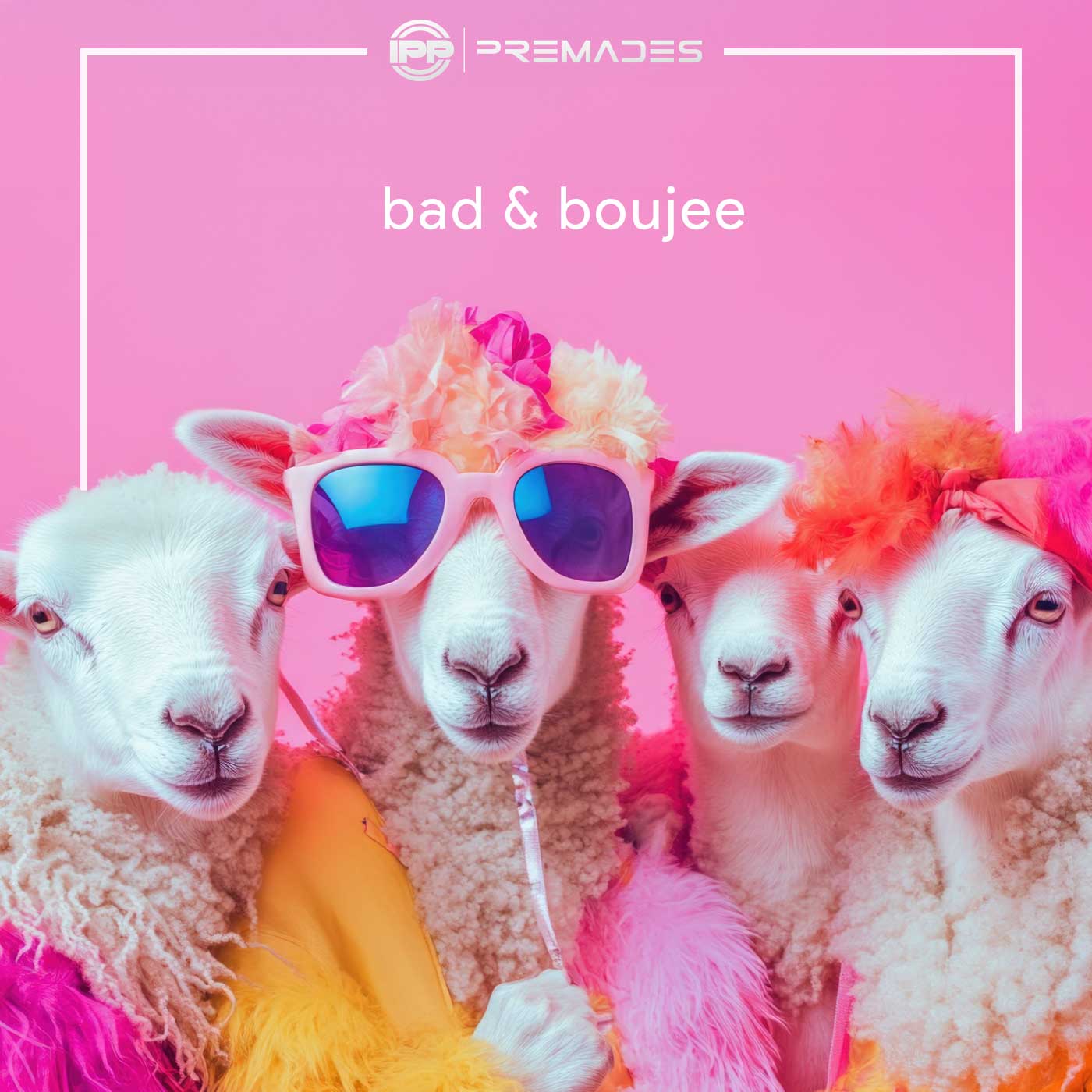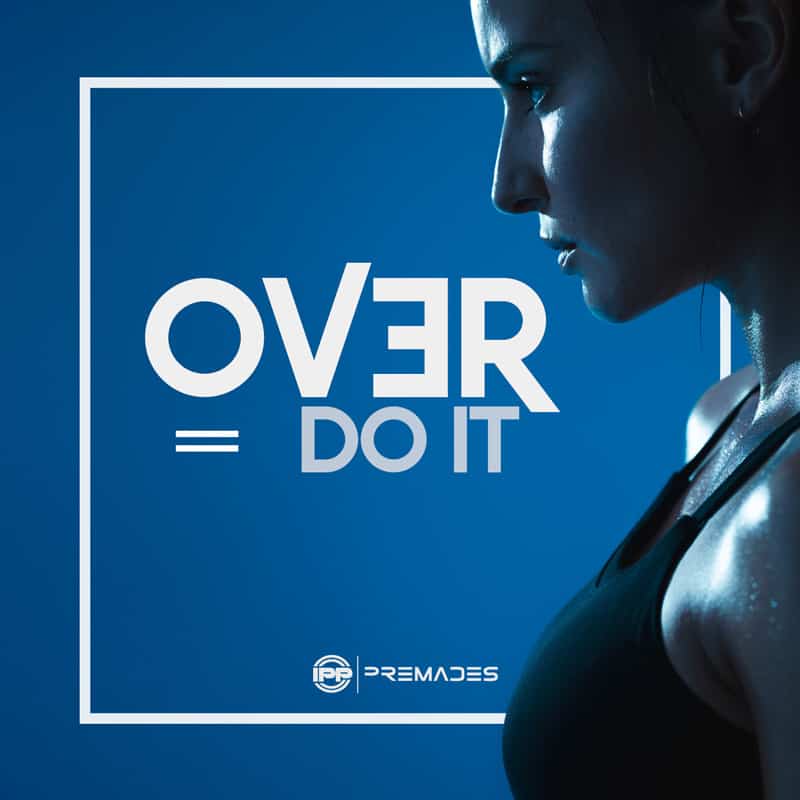By Steve Pawlyk
Published October 25, 2024
The first-ever NJCAA competitive cheerleading meet took place on October 19, 2024, marking a pivotal moment for junior college cheerleading. This historic meet featured two powerhouse programs, Navarro College and Blinn College, going head-to-head at the Kruse Center in Brenham, Texas. Traditionally known for their dominance at the National Cheer Association (NCA) competitions, both schools embraced the NJCAA’s shift to a structured, multi-round competition format, signaling a new era for collegiate cheer at the junior college level.
Meet Structure: A New Format for Cheer
This NJCAA meet differed from the typical one-shot routines seen at NCA championships. Instead, it featured a three-period format with multiple heats, offering more opportunities for athletes to showcase their skills in specific categories such as tumbling, stunt building, and creative tosses. The shift to this format reflects a growing emphasis on precision and consistency, requiring teams to sustain high energy and focus across multiple rounds rather than a single performance.
Performance Breakdown: Key Highlights
- Compulsory Tumbling (Period 1):
- Blinn secured early wins with impressive toe tucks and standing layouts.
- Navarro answered back with victories in standing hand tucks and round-off tucks, resulting in a tightly contested start.
- Creative Building and Stunts (Period 2):
- Both teams excelled in pyramid formations and stunt sequences, splitting wins across the heats.
- The second period also featured basket tosses and creative elements, further challenging athletes to showcase both skill and artistry.
- Final Compulsory Routine (Period 3):
- The competition culminated in a one-minute compulsory routine, with Navarro narrowly edging out Blinn, 50-45.
The meet ended with Navarro scoring 154 points over Blinn’s 150, underscoring just how evenly matched these teams were throughout the event.
What This Competition Means for Cheerleading
This meet represents more than just a rivalry—it highlights a new direction for NJCAA cheerleading. Historically, junior college programs like Blinn and Navarro balanced sideline performances with NCA competitions, where they had one chance to impress. With the NJCAA format, cheerleading now emphasizes multi-round strategy, offering athletes multiple opportunities to perform and adapt throughout the meet.
For cheer coaches and athletes nationwide, this shift offers new opportunities:
- Development of Endurance and Versatility: Athletes must now maintain energy and composure over extended periods and adjust in real-time.
- Increased Focus on Technique and Execution: The format rewards clean execution and strategic decision-making, fostering skill development across different areas of cheer.
• • Expanded Competitive Opportunities: Blinn’s coach expressed optimism about more NJCAA events being scheduled, opening the door for other programs to adopt the format and grow junior college cheer into a more structured sport.
Looking Ahead: A Growing Landscape
This first NJCAA meet sets a precedent for future competitions, potentially expanding the sport’s visibility and providing new pathways for student-athletes. Both Navarro and Blinn, with their storied NCA success, have proven that cheerleading at the junior college level can thrive in this evolving competitive landscape.
How to Coach Multiple Rounds: Lessons from NJCAA Cheer Meets
Coaching for multi-round cheer competitions, like those recently introduced by the NJCAA, requires a fresh approach compared to single-routine events. The Navarro vs. Blinn meet, which featured multiple heats across three periods, offers valuable insights into maintaining energy, focus, and strategy throughout these demanding events. Below is a breakdown of key coaching strategies to excel in multi-round competitions.
1. Strategic Energy Management Across Heats
In multi-round formats, it’s critical to pace your athletes to sustain energy. Unlike single-shot performances, multiple heats require athletes to perform at peak levels several times. Coaches can incorporate interval training into practice to simulate competition pacing. Rest and recovery periods should also be built between routines to ensure athletes are refreshed for each heat.
- Tip: Rotate athletes in non-essential heats to prevent fatigue during crucial rounds, such as stunt or creative building heats later in the event.
- Incorporate Conditioning: Endurance drills like circuit training and high-intensity interval workouts help athletes build the stamina needed to perform multiple routines successfully over extended periods.
2. Building Versatility and Flexibility
Coaches should train athletes to handle multiple roles, such as switching between positions in pyramids and stunt sequences. Versatility ensures seamless transitions between heats and gives the team more flexibility to adapt to changes or injuries during competitions. Athletes performing as both bases and flyers can become key assets in ensuring smooth routine shifts.
- Role Assignments: Use grid systems to track athlete participation across heats and avoid overloading individuals, ensuring they can perform optimally throughout the event.
- Skill Assessments: Evaluate each athlete’s strengths in tumbling, stunts, and pyramids before the season, giving you a strategic advantage when assigning routines.
3. Maintaining Focus Through Mental Preparation
Multi-round competitions demand more mental stamina from athletes. Coaches can use visualization techniques and breathing exercises to help athletes stay focused and calm during breaks between heats. Group mindfulness sessions during practice can also foster mental resilience, keeping athletes sharp for every round.
- Pre-Performance Rituals: Establish routines to reduce anxiety and ensure athletes remain focused between heats.
- Visualization: Encourage athletes to mentally rehearse routines during downtime, envisioning each heat as a new opportunity to excel.
4. Using Strategic Adjustments Between Heats
The NJCAA’s multi-heat format offers the advantage of mid-competition adjustments. Coaches can review performance trends between heats, such as timing issues or minor form breaks, and provide immediate feedback. This adaptability allows teams to recover and correct mistakes in real time, potentially turning a competition in their favor.
- Video Analysis: If possible, film heats and review them with the team between rounds to identify areas for quick improvement.
- Adapt Strategies: Have backup plans for stunts or routines that prove inconsistent during early heats, focusing on cleaner execution to maximize later rounds.
5. Coaching Beyond the Routine: Building Team Chemistry
Cohesive teamwork is essential for multi-round success. Coaches can foster camaraderie with team-building exercises and ensure that athletes support each other through the highs and lows of competition. A supportive team culture ensures that athletes stay motivated across multiple heats.
- Team Bonding Sessions: Activities like group dinners or team outings before competitions can build trust and communication among athletes.
- Positive Reinforcement: Celebrate small victories after each heat to keep morale high, even if adjustments are needed for later rounds.
6. Looking Forward: NJCAA’s Impact on Competitive Cheer Coaching
The NJCAA’s adoption of multi-round formats brings a new dimension to cheerleading, providing athletes with more opportunities to showcase their skills and perform under varied conditions. This shift requires coaches to rethink traditional training methods, focusing on endurance, mental resilience, and strategic planning. As this format grows, coaches will need to emphasize flexibility and adaptability to remain competitive.
As the NJCAA aims to host more events like this, expect other programs to join in, creating a national circuit that could further elevate the sport at the collegiate level. This moment marks the beginning of a more inclusive and competitive cheer environment, where athletes have more chances to showcase their skills and teams can develop more comprehensive strategies to succeed.
IPP's Premade Mixes are USA Cheer Compliant and customizable! Add Sound FX, swap songs, & more! Add your Team Name to the mix for only $10!









